There is a moment, halfway through folding laundry, when you notice a shirt no longer looks like the one you bought. The color is still there—sort of—but it has turned shy, as if someone turned down the saturation knob. To understand how this slow fade plays out, we ran a simple home-style experiment. We took three shirts cut from fabrics that feel crisp in the hand yet move easily at the elbow: stretch poplin, fibrana poplin, and a generic poplin like fabric. Each shirt began in the same bold shade of indigo, then faced fifty ordinary wash cycles with everyday detergent, tap water, and medium-heat drying. No lab coats, no microscopes—just the rhythm of normal life.
Week one was mostly a settling-in period. The stretch poplin still snapped back after every tug, its spandex threads invisible but busy. Indigo looked proud and deep, the kind of blue that makes white sneakers pop. Fibrana poplin felt a touch silkier, almost cool against the skin, yet its color held steady, refusing to whisper any hints of change. The poplin like fabric, a poly-cotton blend with a matte face, was the stiffest of the three, but the indigo sat on top like fresh paint.
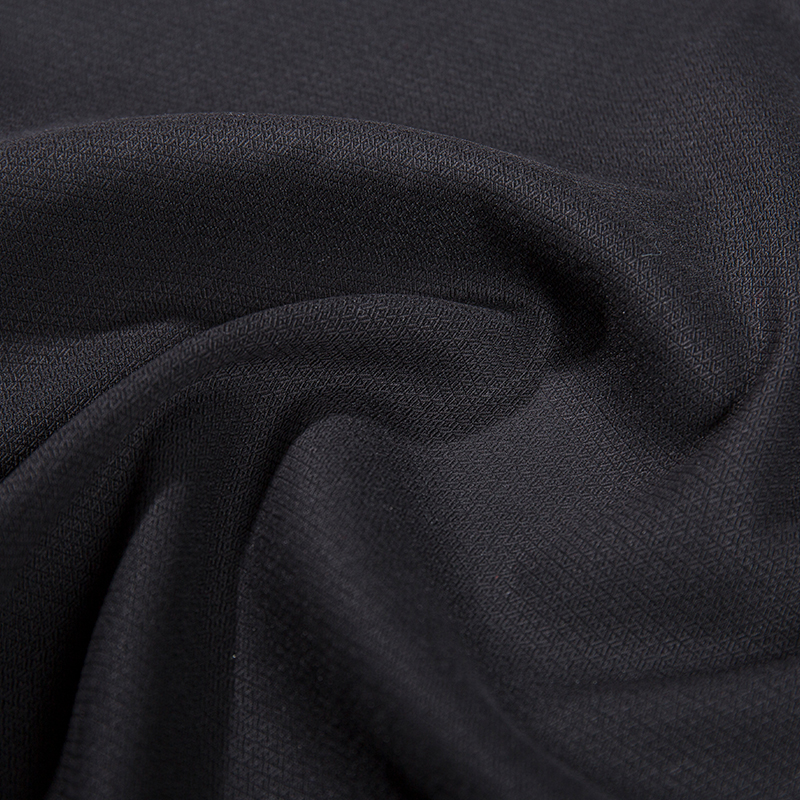
By week ten, gentle retreat began. The stretch poplin softened at the collar and cuffs, and the blue mellowed to a washed-denim tone. It was not a dramatic shift—more like the difference between a new pair of jeans and the pair you reach for after three weekends. Fibrana poplin showed its fade in motion; when the shirt fluttered on the line, certain folds caught the light and revealed a slightly paler under-glow. The poplin like fabric lost a little of its surface bloom, yet the color looked stubbornly even, as if it intended to fade all at once or not at all.
Week twenty brought the midpoint hush. In the stretch poplin, the indigo had stepped back another shade, settling into a vintage work-shirt vibe that many people actually chase on purpose. The spandex core still did its job—no baggy knees or saggy elbows—so the shirt looked lived-in rather than tired. Fibrana poplin surprised us: the fade appeared almost watercolor-like, softer at the edges and gentle around seams, as if the dye had chosen to drift rather than flee. Meanwhile, the poplin like fabric began to show faint highway lines along the placket, places where friction and heat had nudged the color to surrender first.
Approaching week thirty, sunlight became a quiet accomplice. The stretch poplin, often worn on morning walks, caught early rays that lifted the indigo to a sun-bleached sky-blue. It was no longer office-sharp, but it paired effortlessly with khaki shorts and looked right at Saturday brunch. Fibrana poplin, hung indoors to dry more often, kept its cool luster; the fade was slower, but when it came it felt graceful, like curtains left open to moonlight. The poplin like fabric, tumbled in the dryer cycle after cycle, started to show a faint salt-and-pepper speckle where the indigo had broken free and the underlying greige fibers peeked through.
By week forty, personality began to outweigh pigment. The stretch poplin had relaxed into a favorite tee's attitude—still neat, yet approachable. Fibrana poplin carried a nostalgic softness, the kind of shirt you borrow from a sibling and never return. The poplin like fabric, now several tones lighter, looked ready for gardening or painting the porch, its color story more practical than pristine.
Week fifty arrived like the last page of a well-thumbed novel. Stretch poplin stood at a gentle steel-blue, its stretch threads still lively, its surface free of pills. Fibrana poplin rested in a dusty indigo haze, elegant in its understatement. The poplin like fabric had landed at a storm-washed gray-blue, no longer bold but entirely honest about the miles it had traveled.
What did we learn, beyond the obvious fact that color fades? Stretch poplin fades with character, gaining the charm of vintage denim while keeping its mechanical memory. Fibrana poplin fades like watercolor on wet paper, soft edges and quiet poetry. Poplin like fabric fades like a work shirt that knows its job is to get things done, not to stay good.
 EN
EN English
English 中文简体
中文简体 Español
Español عربى
عربى bahasa Indonesia
bahasa Indonesia


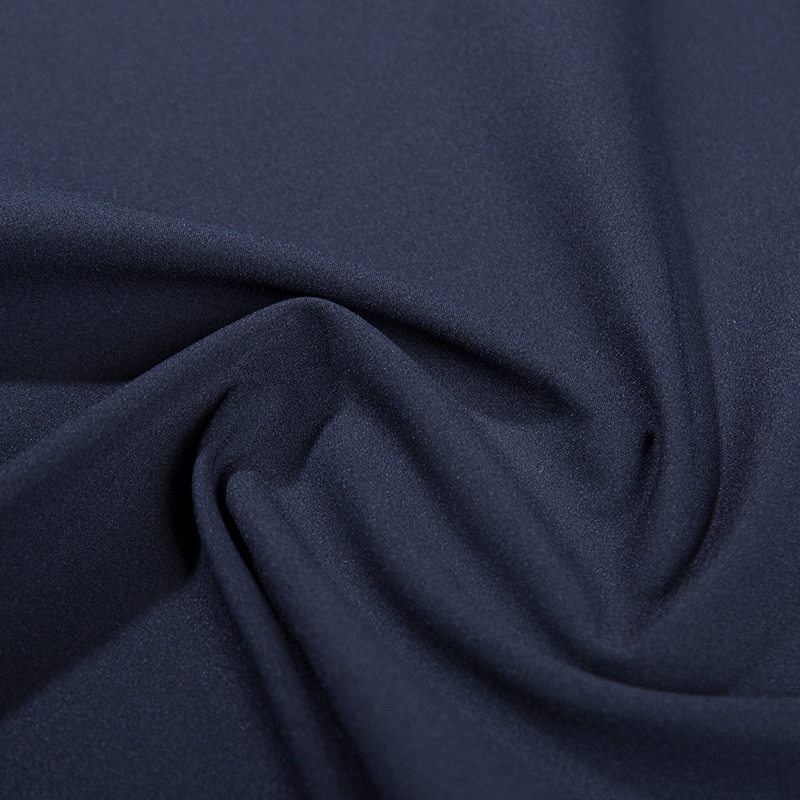
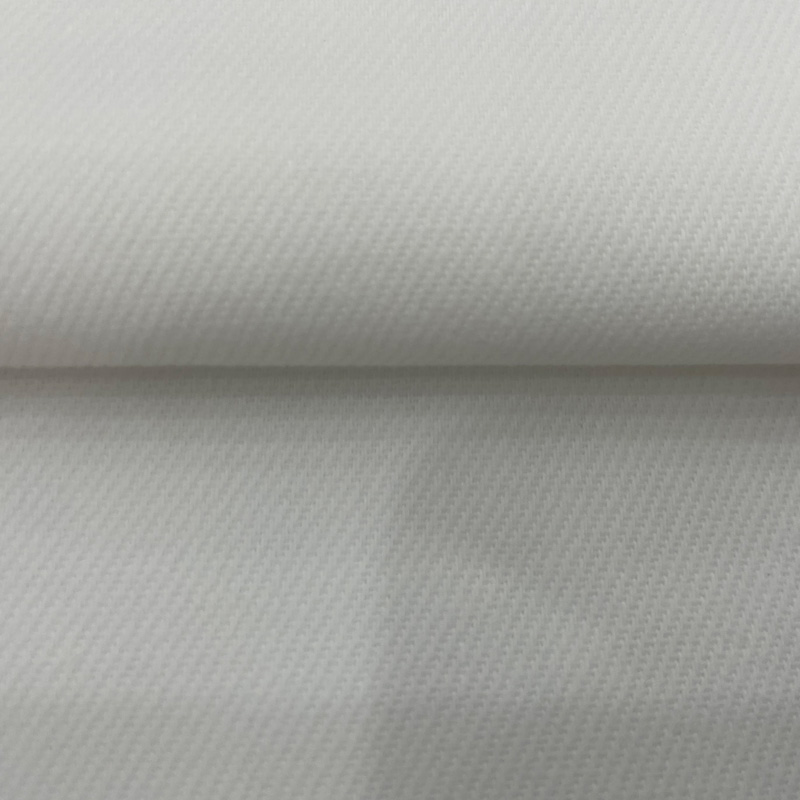
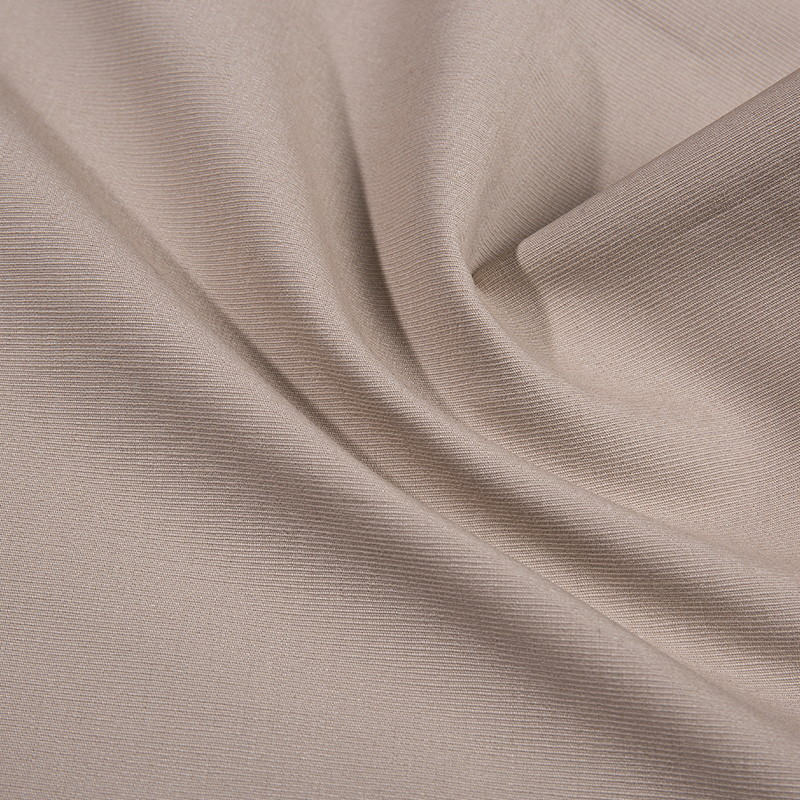
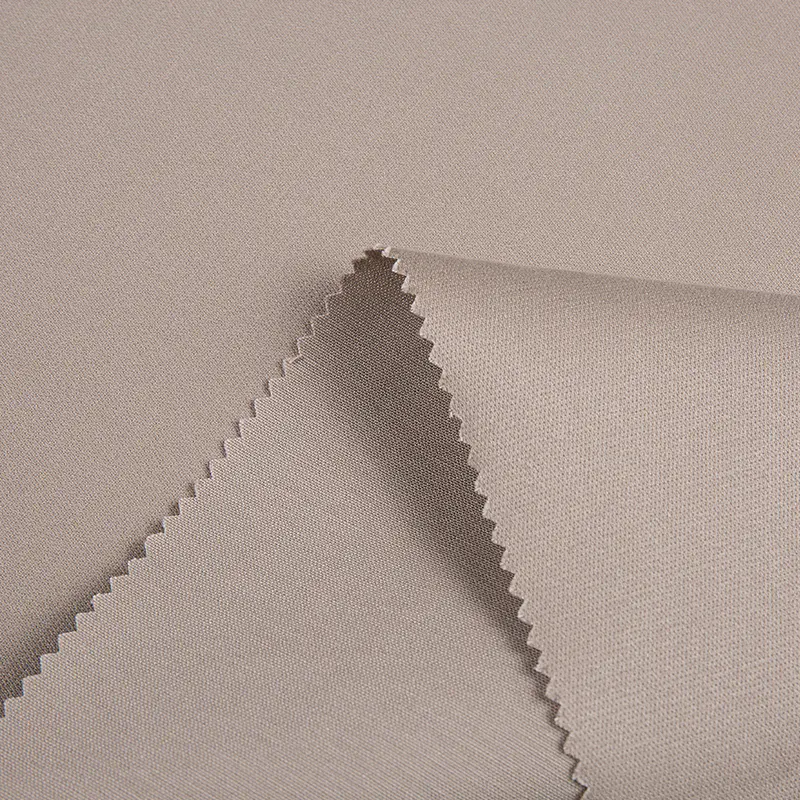
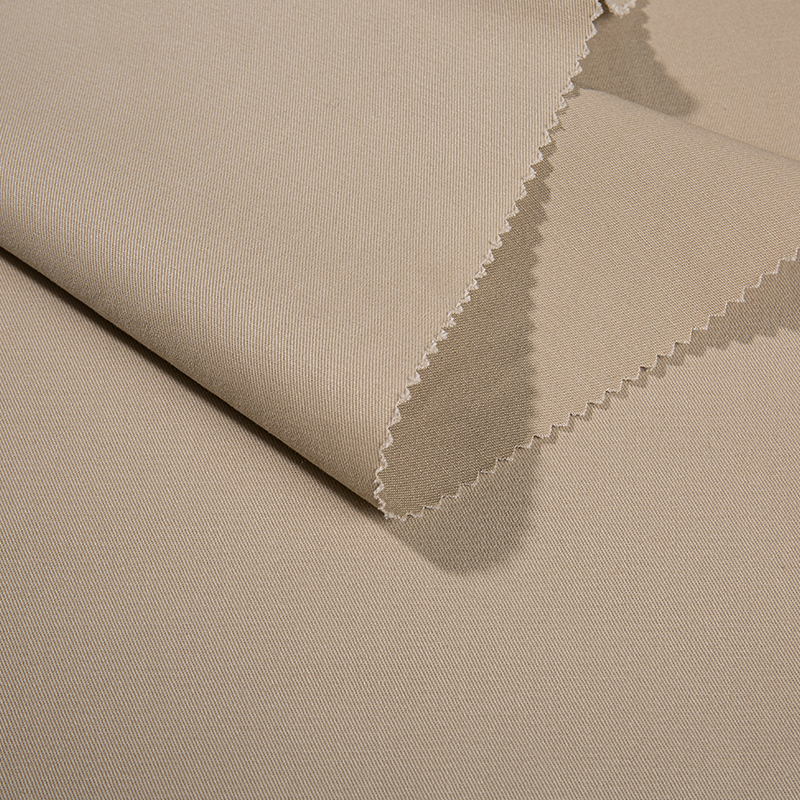
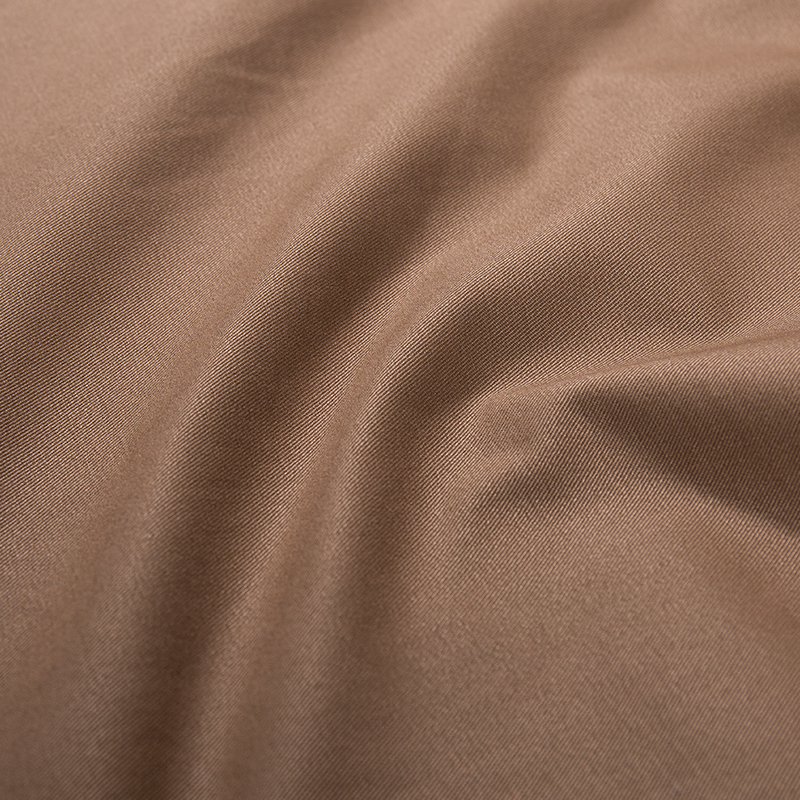
 Add: Beside National Highway 330, Zhuge Town, Lanxi City, Zhejiang Province, China
Add: Beside National Highway 330, Zhuge Town, Lanxi City, Zhejiang Province, China Phone: +86-579-89022355
Phone: +86-579-89022355

